Weak Nets & Rope
WHAT ARE WEAK NETS & ROPE?
Wildlife bycatch or megafauna can more easily break free from weak fishing gear. Weakened fishing gear has been studied in different fisheries, mainly to mitigate against whale bycatch. For example, the strength of rope and buoy lines in pot/trap fisheries, measured by ‘breaking strength’ in kilonewtons, has been reduced. The mesh size, diameter and breaking strength of twine and float-lines in net fisheries has also been studied.
Weak rope is also referred to as ‘reduced breaking strength’ (RBS) rope or ‘Whale-release rope’.
CURRENT RESEARCH & USE
Trials between 2001 and 2002 of 8 gillnet fleets in Yorkshire found that thin twine monofilament nets (0.4mm twine diameter and 90mm mesh size) reduced harbour porpoise and seal bycatch when compared to standard, thicker (0.6mm twine diameter, 267mm mesh size) monofilament nets. These results were thought to be due to the thinner twined net being weaker, and more easily broken through by bycaught animals.
Similarly, a study of whales entangled in fishing gear along the US East Coast and Canadian Maritimes between 1994 and 2010 has suggested that the strong polypropylene ropes used in modern pot/ trap fisheries have increased the mortality risk of entangled whales – particularly Atlantic right and humpback whales. The study suggests an adoption of ropes with reduced breaking strengths of ≤ 7.56 kilonewtons, could reduce the number of whale entanglements leading to injury and mortality, by 72%. A study to manufacture and trial such ‘Whale-Release Rope’ was then undertaken, which was fishable in some areas but not in others.
In 2014, the US Government specified a maximum breaking strength of vertical line in some areas (998kg or 680kg depending on the area) – a regulation which came into effect in 2015.
Despite the suggested efficacy of weak lines, strong lines are often required to haul gear. A possible solution to this is that traps or nets could be attached to a surface buoy by a weak line, and when gear is ready to be hauled, a ‘messenger device’ would be sent down the weak line, along with a stronger line which would attach to the bottom gear for hauling. Importantly, weakened gear does not reduce the number of whale-gear interactions that occur in the first place.
This page was last updated on 12.02.21.
Interested in how this and other measures could mitigate bycatch in your fishery? Get in touch with us to collaborate or take part in a study.


